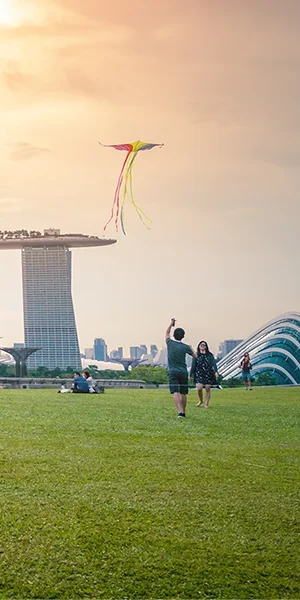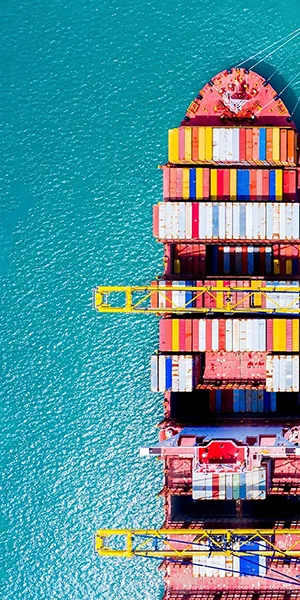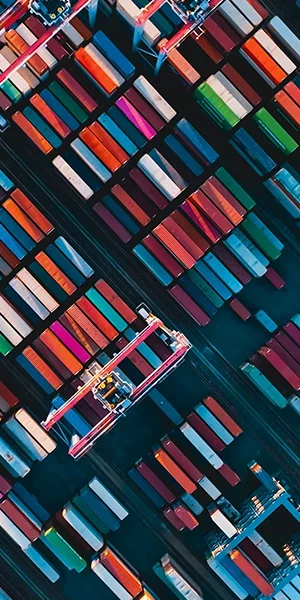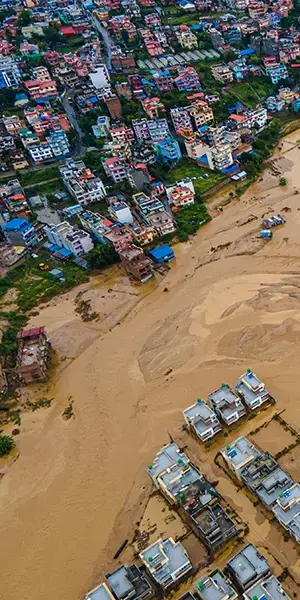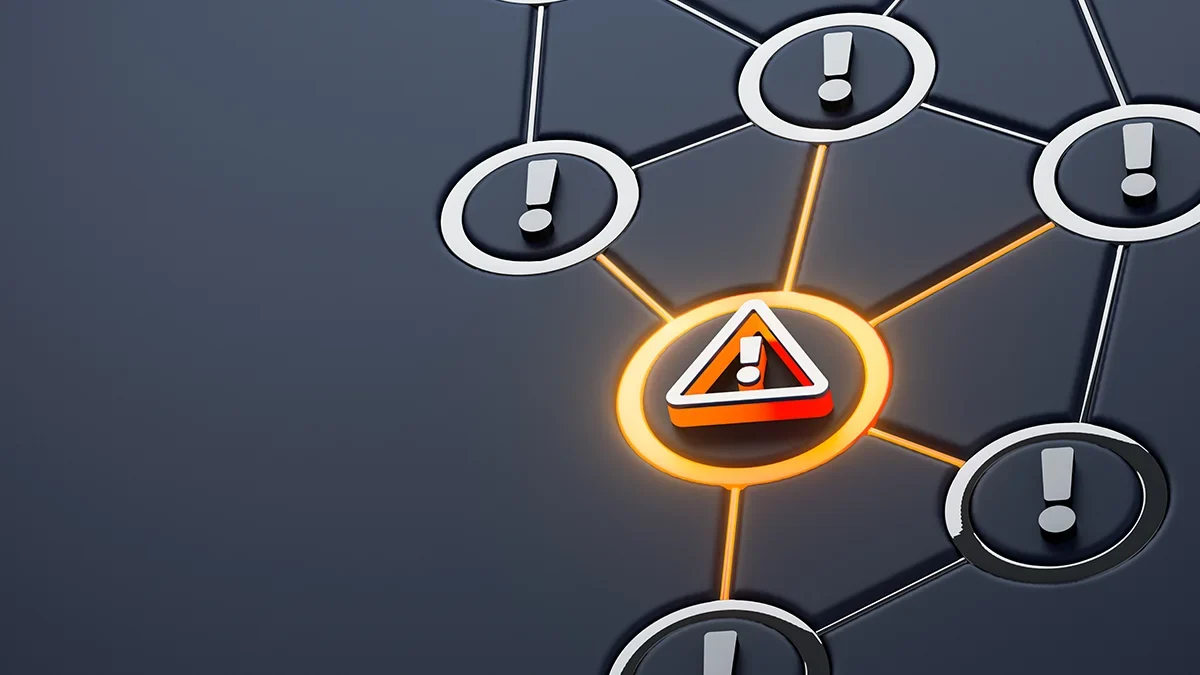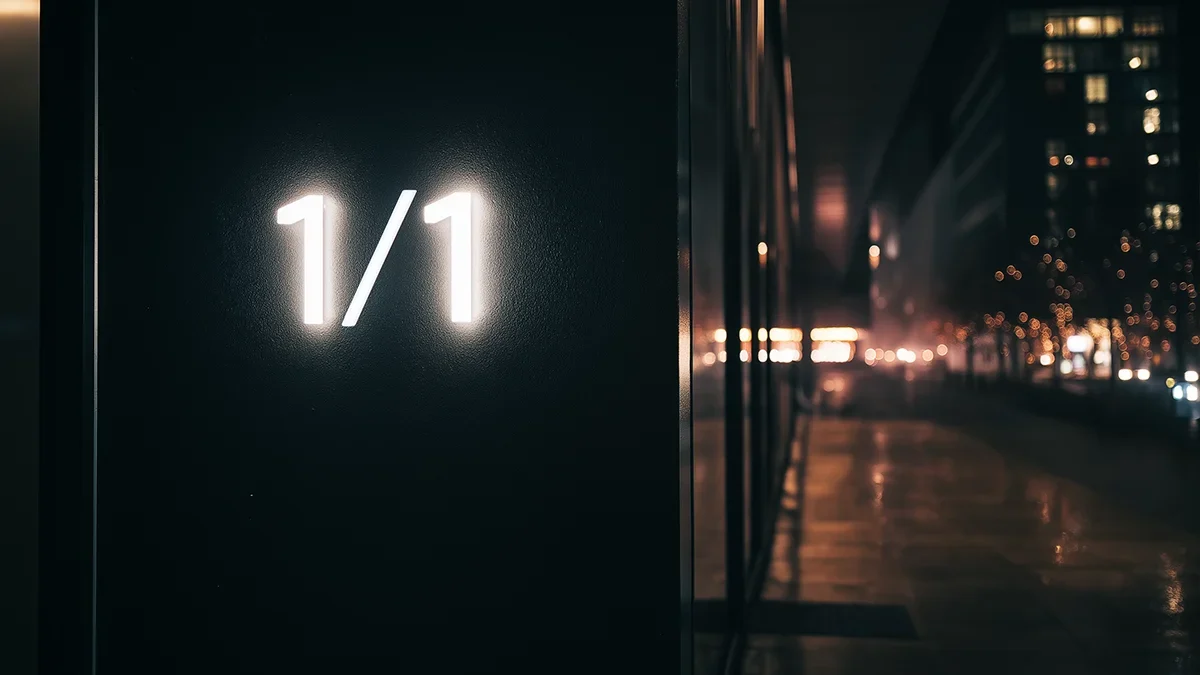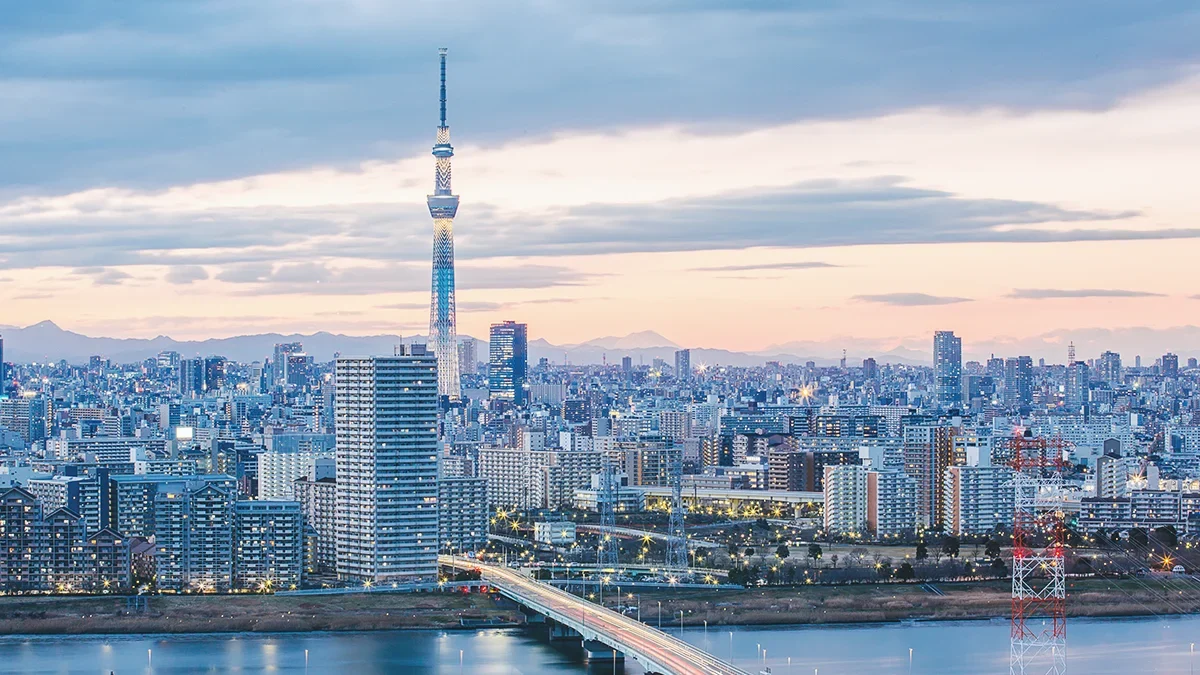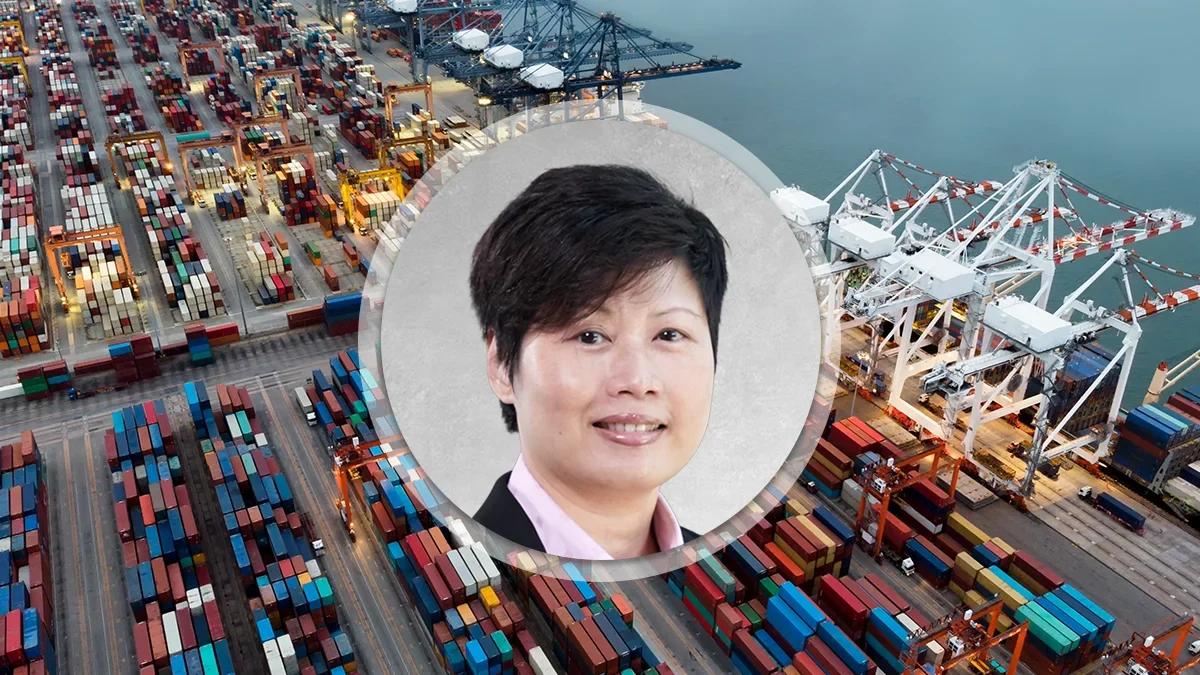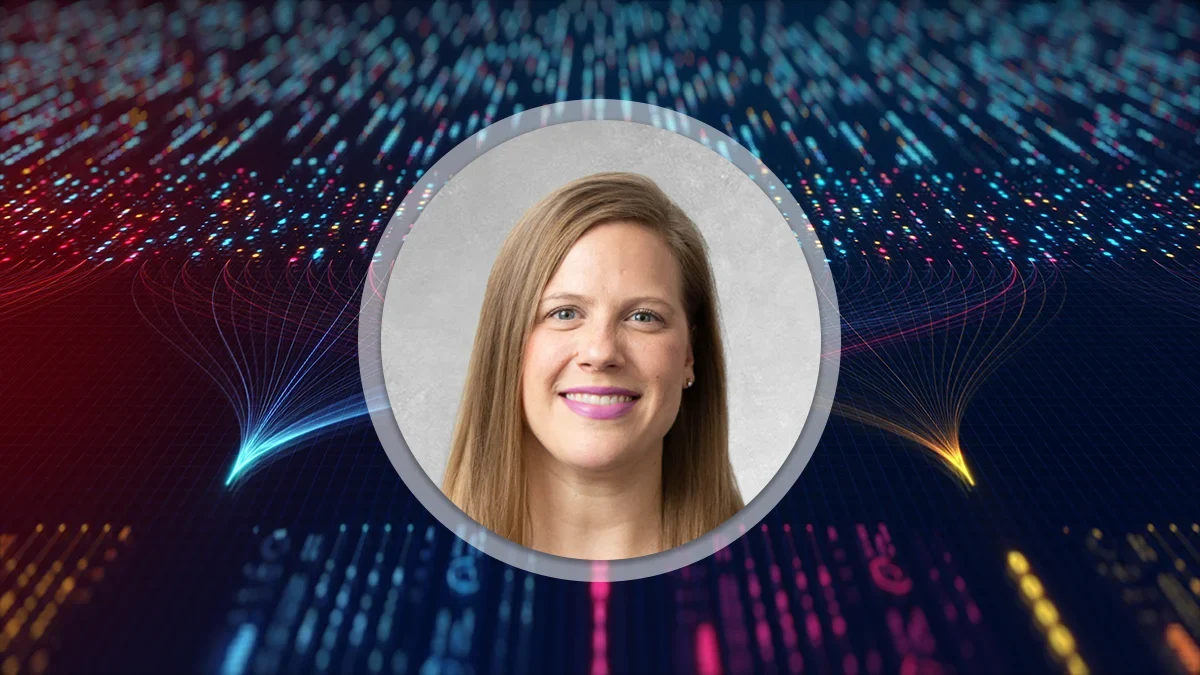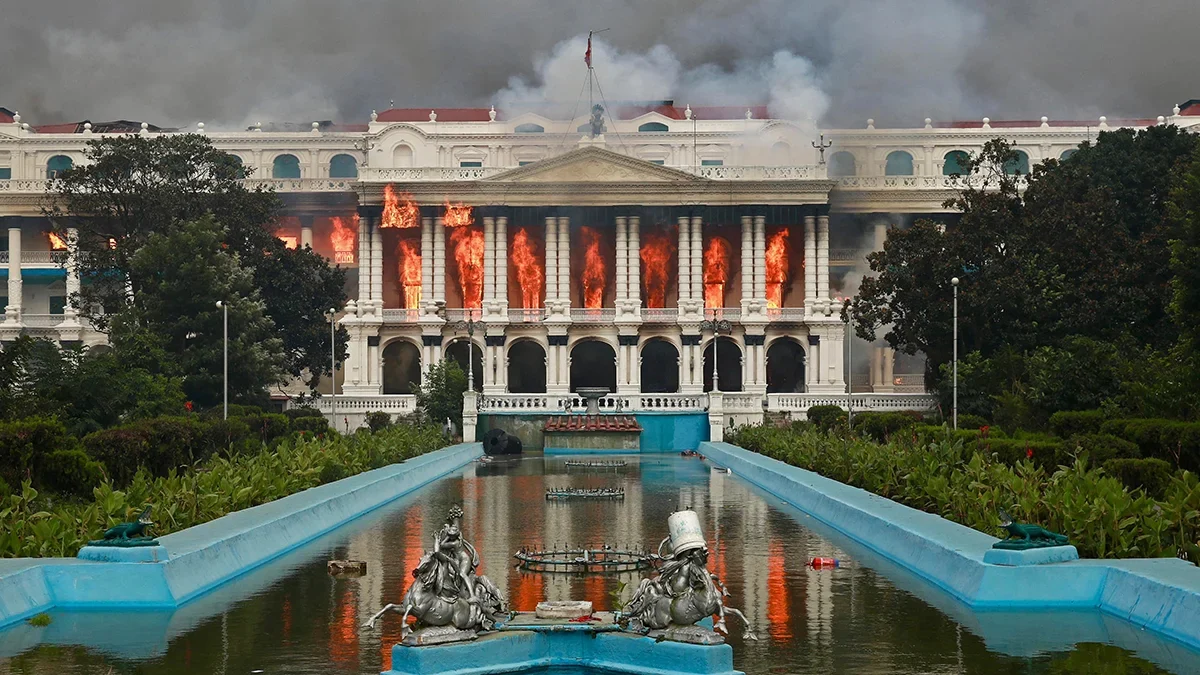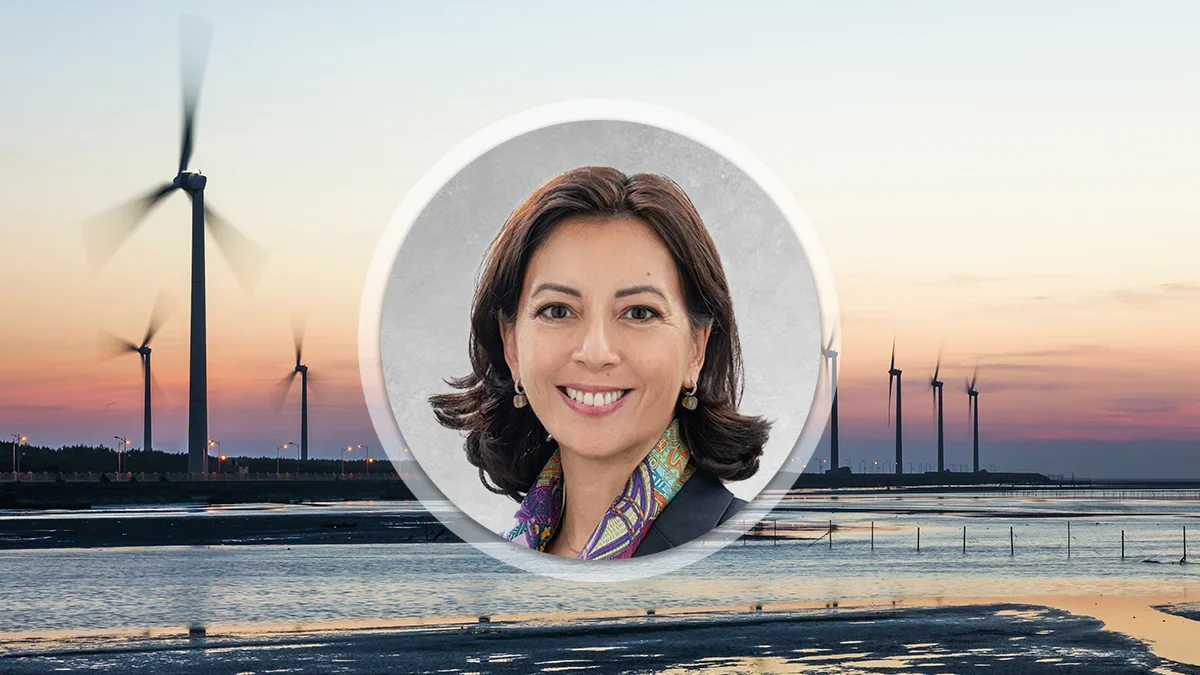Asia’s (re)insurers need to look beyond their current risk approaches to address the interconnected and increasingly complex risks of today, experts said during the second day of the Singapore International Reinsurance Conference (SIRC) on Tuesday (Nov 4).
“The world is changing fast around the industry,” said Chris Townsend, member of the board of management at Allianz, during his opening speech at SIRC. “Risks are no longer isolated or linear. They are interconnected, complex and exponential, yet our approach remains relatively siloed.”
A complex web of global trends – from climate change and supply chain disruption to shifting demographics and AI’s economic impact – is creating mounting challenges.
Asia is at the centre of many changing global dynamics due to its economic weight and role in global supply chains, according to Michael Menhart, Munich Re’s Global Chief Economist. Growing trade barriers and a fragmenting global economy are hitting insurers hard, driving up losses and slowing premium growth.
“Even if financial markets seem to be calm, there is little doubt that with geopolitical risks, there also come financial risks. There is a higher likelihood of tail risks that we have to cope with,” Menhart said.
Companies across the board are revamping their risk management strategies as they adapt to the changes, especially when it comes to supply chain restructuring. “The question of efficiency is now very often reprioritised, and resilience and independence [are becoming] more important,” Menhart added.
When US President Donald Trump took office at the beginning of the year, companies were “really struggling” with how to shift massive supply chains overnight, said Joan Collar, chief commercial officer at Marsh McLennan Asia. “Certainty is still a very big challenge. I don’t think that’s going to go away even after the Trump administration goes,” she said.
A new era of risk
According to Menhart, four major trends are reshaping the risk landscape: geoeconomic fragmentation, climate change and decarbonisation pressures, demographic shifts and digital transformation. They are making all sectors more vulnerable, as nations increasingly use economic tools like sanctions and trade barriers to advance political agendas.
Small and medium enterprises (SMEs) in Asia are likely to bear the brunt of the complex risks, said Collar. “The biggest impact is really around SMEs. Can they survive? Will they be able to survive? 90% of the Asian economy is still very much in the SME space,” she said.
Demographic shifts will bring additional challenges, such as rising healthcare costs. “The lost pandemic years certainly created a big challenge around life and health and certainly around pension costs,” Collar said. “But medical inflation is rising at about 14% or 15% every single year, and [people are] taking in the cost of care and the risk.”
Unlike other risks, climate change can’t be spread out or diversified – it requires direct action, according to Gianfranco Lot, chief underwriting officer for P&C reinsurance at Swiss Re.
A relatively benign 2025 for natural catastrophe losses has created an opportunity for reinsurers to utilise substantial reinsurance capital, Lot said. “It’s a huge opportunity for all of us to contribute and to make use of that capital and to put it to work through creative and innovative solutions,” he noted.
Insurers are finding fresh opportunities in the technology sector, whether it’s providing coverage for data centres or supporting emerging technologies like small-scale nuclear reactors that power them.
“I see it as an opportunity to continue to be the rock [and] the foundation, as the insurance industry for all these developments, and to cope with the tensions that we see in the world,” Lot added.
Through the insureds’ eyes
To tackle the challenges, insurers need to see how uncertainty affects their clients’ confidence. “Wherever there is complexity, [there] is opportunity. We should be able to bring certainty to our customers and partners,” said Robert Kosova, chief executive officer at QBE Asia.
Asian SMEs spend half as much on insurance as those in more developed markets, according to Kosova. “Where there are cost pressures, it likely means that the protection gap is going to grow because there’s less available money to spend. If there’s further constraint on that, the protection gap will just grow,” he said.
Asian companies going global will need help navigating political complexities, Collar explained. While established Asian multinationals embrace comprehensive global risk and benefit plans, others still take a more local approach to risk management.
“That whole global risk management framework is still quite foreign to a number of companies,” said Collar. “It’s still an education process, which means that we still have a job to do.”
Getting clients – particularly small and medium businesses – to look past price and focus on practical solutions will be important moving forward. “We have a very big role to play in terms of supporting their growth,” added Collar.
Reinsurers are not new to geoeconomic fragmentation, Gianfranco Lot pointed out. “We are able to absorb losses and accompany and support transitions that we’ve seen today,” he said.
To remain resilient and relevant, Asian insurers must align their products with the insureds’ mindset, said Kosova. “Asia has one of the greatest digital fluency capabilities anywhere in the globe. You’ve got a proliferation of digital-only banks. [Digital] has to be part of [the solution] to address the protection gap,” he explained.
“We have to ask ourselves, ‘Why is the protection gap not closing?’ And it probably has to do with us hoping to keep pushing traditional distribution methods on a differently minded set of customers,” Kosova added.



